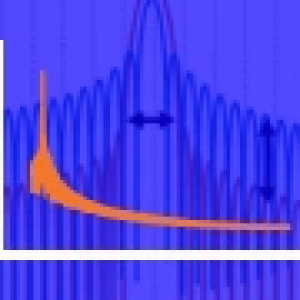IT & Software
Showing 14005–14016 of 16328 results

Specialized Testing: XSS
Since the late 1990s, cross-site scripting (XSS) has been one of the most common security issues in web applications. This course will teach you how to test a site for this kind of vulnerability.

Specification Pattern in C#
Domain-driven design includes many established patterns and practices. This course will provide an in-depth guideline into implementing the specification pattern in C#.

Specifying Deployment Requirements in Microsoft Azure
Getting your code to Azure is the first step in getting your apps delivering value in the cloud. We'll look at all your options in Specifying Deployment Requirements in Microsoft Azure.

Spectral Analysis Techniques
Learn techniques for estimating and analyzing the power spectrum of signals.

Speed Up! Incremental Compilation with Nx
In this Enterprise NG conference session, Juri Strumpflohner explores how computation caching enables you to go to the next level: implementing incremental compilation in Nx.

Spinnaker Fundamentals
This course will teach you the fundamentals of Spinnaker, such as installation and configuration, use, operation, and troubleshooting.

Splitting and Combining Data with R
If you’ve struggled to categorize dates, clean strings, or order bars in ggplot, this course is for you. Learn the basics of splitting and combining data, variable cleaning and creation, grouping and summarizing data, and creating visualizations.

Splunk 9: Building Reports, Dashboards, and Alerts
Have you been wanting to visualize and use your data better within Splunk? This course will give you the knowledge and tools to help you learn more about this SIEM, the reports and dashboard capabilities of it, and how to alert on your data.

Splunk 9: Configuring and Administering Splunk Indexer Clusters
This course will teach you how to configure and administer all the components of a Splunk Indexer Cluster. After completing this course you will be able to set up and manage a complete Splunk indexer cluster.

Splunk 9: Correlating Events with Transactions
This course will teach you to use Splunk Enterprise to group and correlate log events from disparate sources.

Splunk 9: Creating Data Models and Optimizing Pivot
Splunk is the most popular data analytics platform for observability, security, and business intelligence. You'll learn how to use Splunk’s powerful tools to build and maintain data models that help Splunk data consumers get the most out of Splunk.

Splunk 9: Creating Workflow Actions
Have you been wanting to use your data better within Splunk? This course will give you the knowledge and tools to help you learn more about this SIEM, the workflow actions possible within it, and how to use them to add more context to your data.
